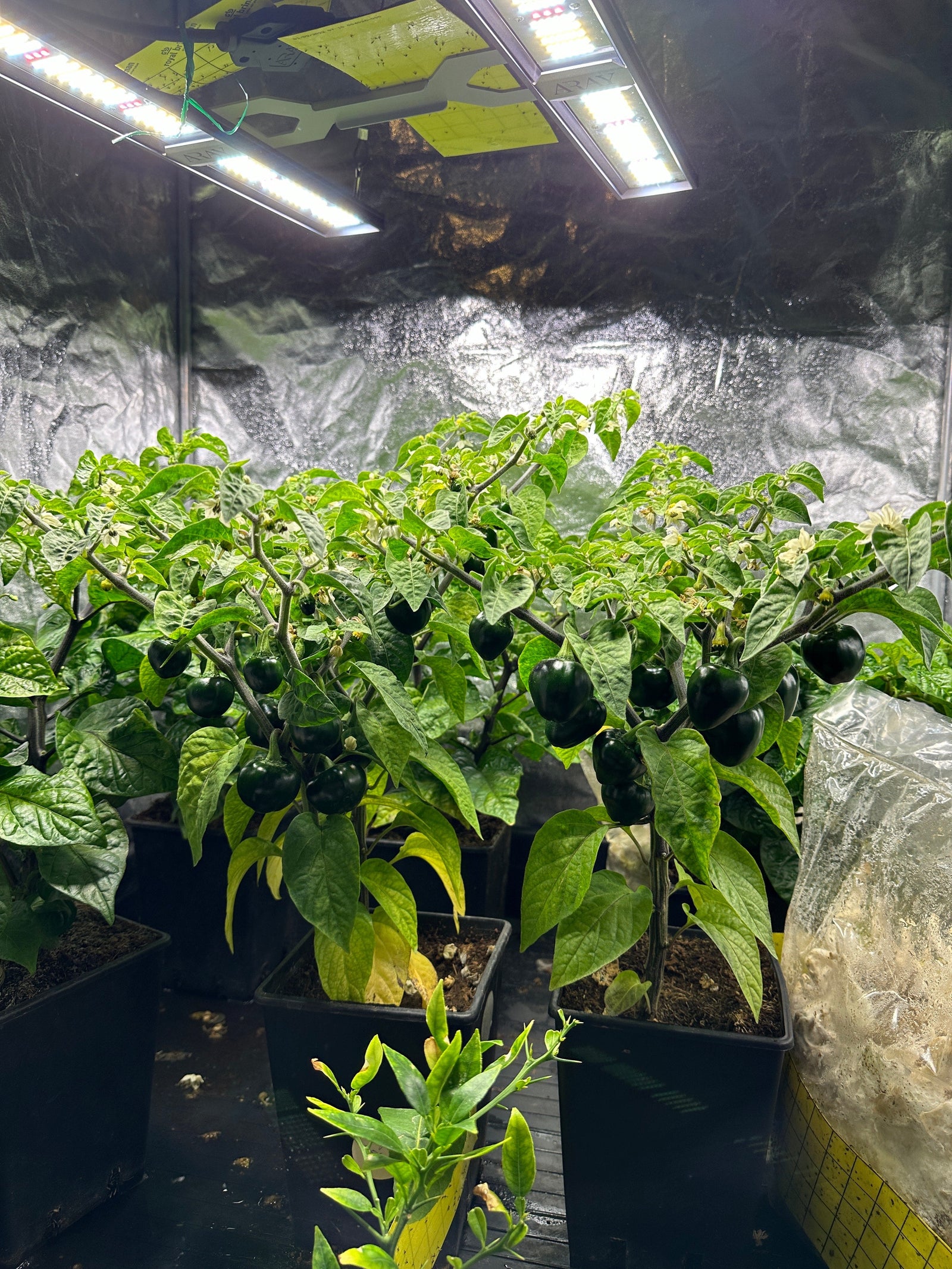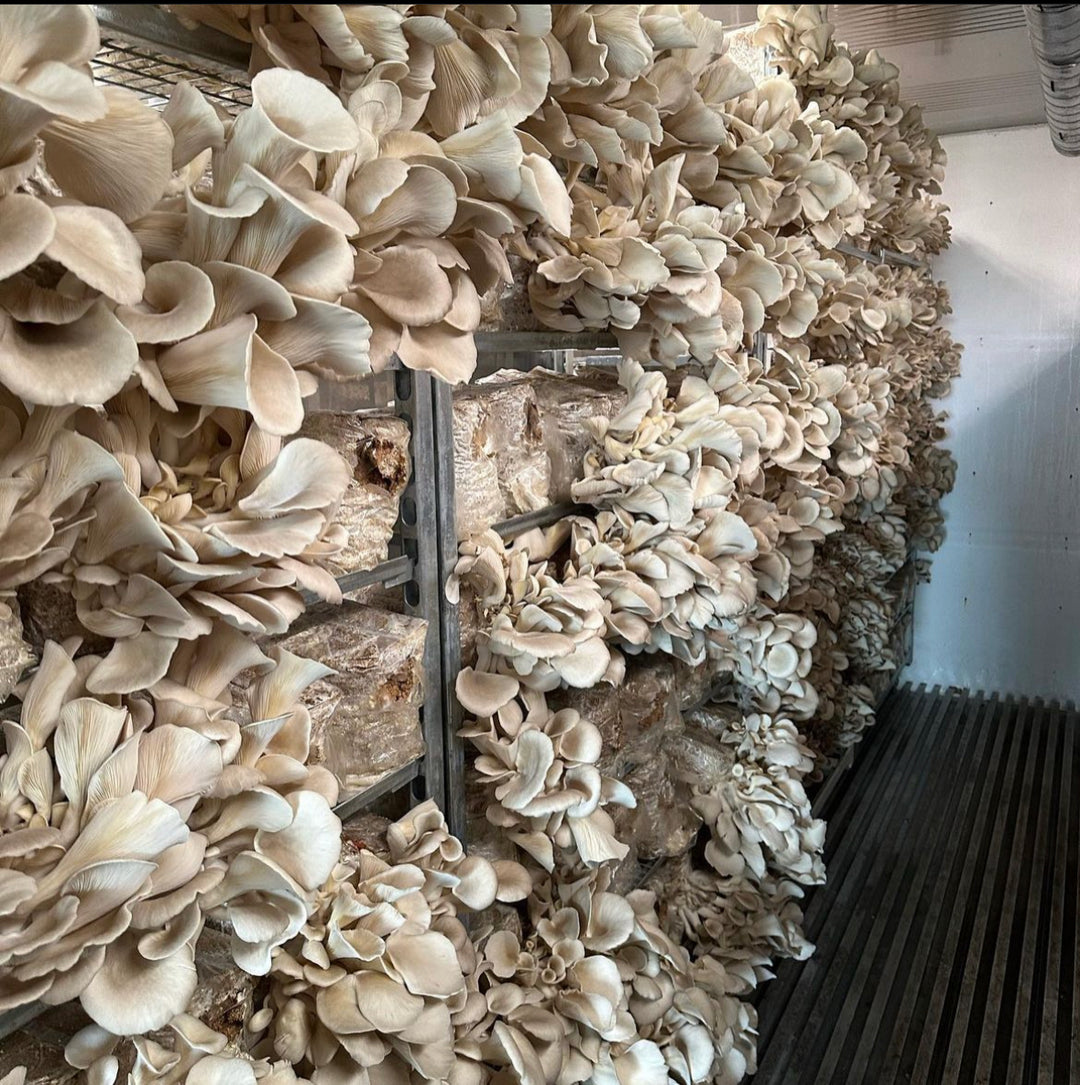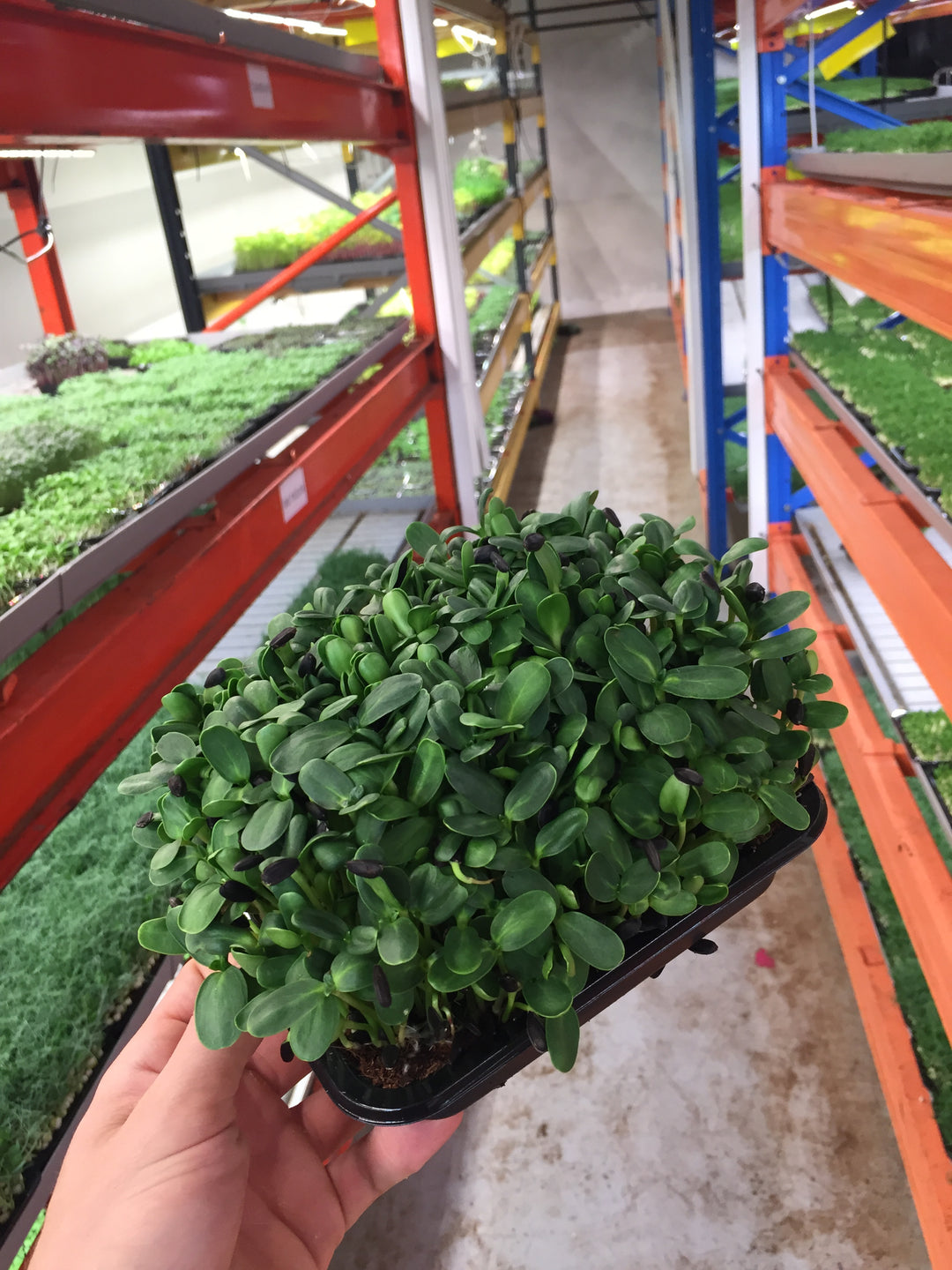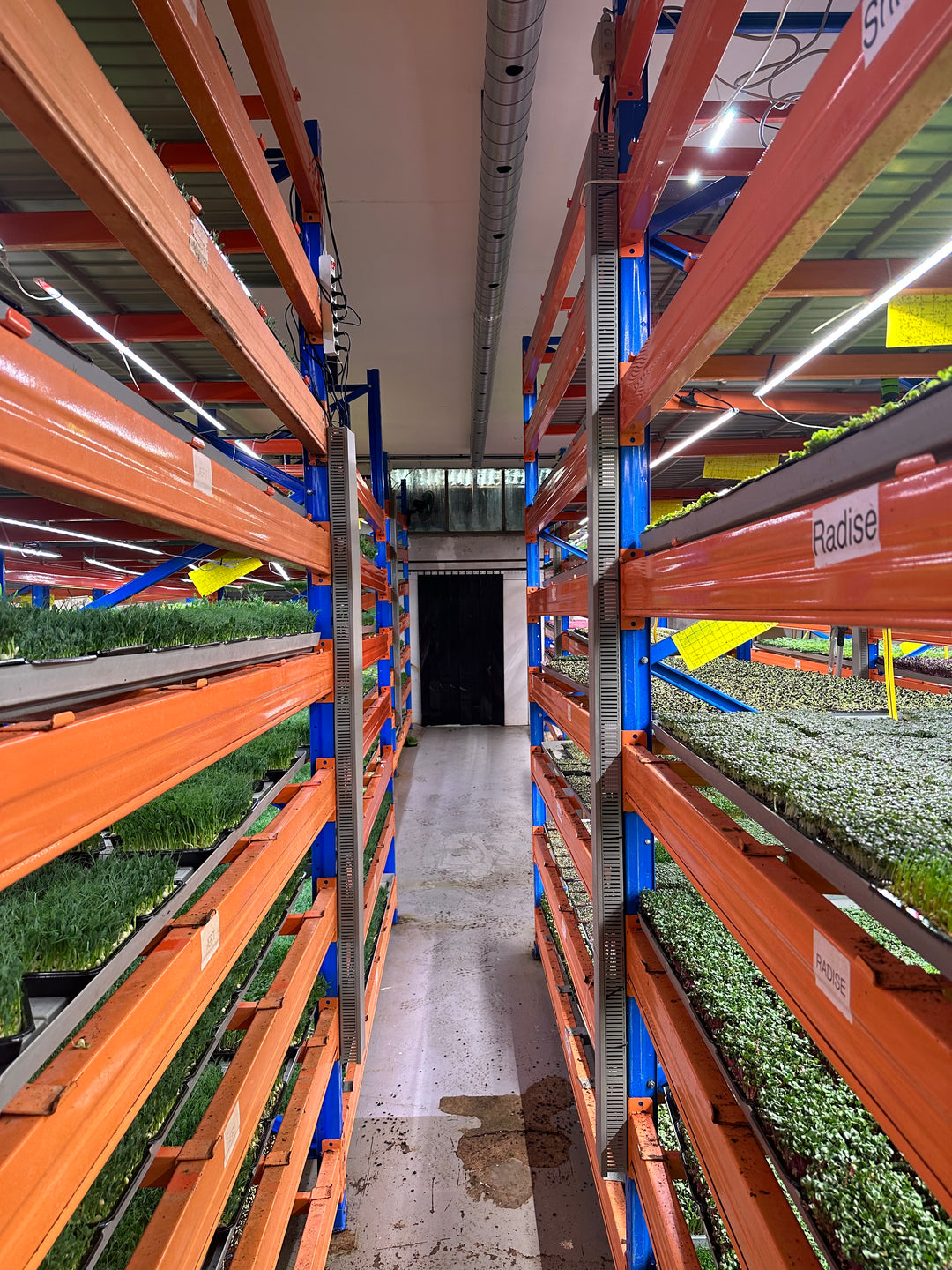Growing Food at Home in a Grow Tent for Testing and Fun with Family

Growing your own food at home is not only a rewarding and educational activity, but it’s also a fantastic way to bond with family members, especially when experimenting with new techniques like using a grow tent. A grow tent, often used by indoor gardeners and hydroponic enthusiasts, is a controlled, enclosed environment that allows you to grow a variety of plants year-round, regardless of external weather conditions. For families, a grow tent provides an exciting, hands-on way to learn about agriculture, sustainability, and the food-growing process while having fun together.
In this blog post, we’ll explore the benefits and practicalities of using a grow tent for growing food at home for testing purposes and family enjoyment, from the types of plants you can grow to the lessons you can learn and the fun you’ll have along the way.
What Is a Grow Tent?
A grow tent is a portable, enclosed structure that provides a controlled environment for plants to thrive. Made of reflective material, grow tents help optimize light distribution, and they typically come with built-in ventilation, adjustable temperature settings, and options for hydroponic or soil-based growing systems. These tents are often used by indoor gardeners to simulate outdoor growing conditions, but they are also perfect for hobbyists or families who want to experiment with growing food at home.
Unlike traditional outdoor gardening, where weather conditions, pests, and soil quality can be unpredictable, a grow tent allows you to create the perfect environment for your plants, regardless of the season. This makes it ideal for growing food indoors in apartments, small homes, or places with limited outdoor space.
1. Learning Opportunities for the Whole Family
One of the most exciting aspects of growing food in a grow tent is the opportunity for hands-on learning. Whether you’re a seasoned gardener or a complete beginner, using a grow tent provides a great way to experiment with different plants, growing techniques, and environmental controls.
For kids, this is an especially valuable educational experience. They can learn about plant biology, photosynthesis, soil health, and the importance of water and light in the growing process. Children can also observe firsthand how plants grow from seeds into full-fledged vegetables or herbs, which fosters an appreciation for nature, the food cycle, and the effort required to produce food.
Parents can join in by researching different plant varieties, understanding the basics of hydroponics or soil care, and teaching children how to monitor and adjust factors like light, temperature, and humidity in the grow tent. Not only does this promote bonding, but it also encourages teamwork, problem-solving, and a deeper understanding of the environment and sustainability.
2. Experimenting with Different Plants and Growing Methods
A grow tent provides a controlled environment where you can test out different types of plants and growing methods. This flexibility makes it perfect for experimenting with various food crops to see what works best for your family. Whether you’re interested in growing herbs like basil, mint, and parsley, or you want to try your hand at leafy greens like lettuce, spinach, or kale, a grow tent allows you to grow a variety of plants that might otherwise be difficult to cultivate indoors.
Here are some plants you can grow in a grow tent:
- Leafy Greens: Lettuce, spinach, kale, and arugula are quick-growing crops that are easy to grow indoors in a grow tent. They require moderate light and a relatively short growing cycle, making them ideal for beginners or families wanting to see quick results.
- Herbs: Basil, parsley, cilantro, and thyme thrive in a grow tent. They don’t need a lot of space, and growing your own herbs indoors can elevate your cooking with fresh flavors right at your fingertips.
- Tomatoes and Peppers: If you have the space, you can even grow small fruiting plants like cherry tomatoes or peppers. With the right amount of light and care, you can yield homegrown fruits even in the middle of winter.
- Microgreens: If you want fast results and a fun project for kids, try growing microgreens. These tiny, nutritious greens (such as radish, mustard, and sunflower) sprout quickly and are perfect for home-grown salads, sandwiches, or smoothies.
- Radishes and Carrots: Root vegetables, like radishes and small carrots, can also be grown in grow tents. While they take a little longer to mature, they offer a fun and unique growing experience.
Besides plant varieties, the grow tent also lets you experiment with different growing techniques such as hydroponics, aeroponics, or traditional soil-based systems. Hydroponics, which uses nutrient-rich water instead of soil, is particularly interesting for families interested in testing water-based growing methods.
3. Growing Year-Round, No Matter the Season
One of the most convenient benefits of a grow tent is the ability to grow food year-round, regardless of the season or weather outside. Traditional outdoor gardening can be limited by the changing seasons, but a grow tent allows you to create the perfect environment for your plants all year long.
In colder climates, where outdoor gardening may not be possible during the winter months, a growtent can provide a warm and sunny microenvironment for growing food indoors. You can enjoy fresh produce during the harshest parts of winter, which is particularly exciting for families looking for fresh herbs or veggies without relying on grocery store produce. This can be especially rewarding during the colder months when you might miss the vibrancy and freshness of summer vegetables.
Having a grow tent allows you to control the light, temperature, and humidity, making it easy to replicate summer conditions even when it’s cold outside. You can even use supplemental grow lights to ensure your plants get the light they need, regardless of the weather. This gives your family the chance to experiment with different growing conditions and see how changes in the environment can affect plant growth.
4. Sustainability and Eco-Friendliness
Growing food in a grow tent is an excellent way to practice sustainability at home. By growing your own food, you reduce the need to buy packaged produce from the store, which often involves long transportation times and excessive plastic packaging. Additionally, growing food indoors in a controlled environment means you can use fewer pesticides and herbicides, making your crops healthier and more eco-friendly.
For families who are conscious of their environmental footprint, using a grow tent is an opportunity to reduce food waste and contribute to sustainable living. You’ll have access to fresh, home-grown food with minimal environmental impact, which can be a valuable lesson for kids as they learn about the importance of sustainability and environmental responsibility.
Moreover, growing your own food helps promote food sovereignty — the idea that communities should have control over the production and consumption of their food. By growing your own vegetables, you become less dependent on outside sources and reduce the carbon footprint associated with transporting food from faraway locations.
5. Fun, Bonding, and Creativity
Beyond the educational and environmental benefits, growing food in a grow tent is simply fun! It’s a hands-on activity that allows your family to work together, nurture plants, and watch them grow. This shared experience can strengthen bonds, especially if you create a routine of checking on the plants, adjusting the environment, and harvesting the crops together.
For kids, the excitement of watching tiny seeds grow into full-sized plants is a magical experience. They’ll learn about responsibility by taking care of their plants, watering them, and making sure they have everything they need to thrive. For adults, it’s a chance to be creative, experiment with different growing methods, and try new things in the kitchen using the food you’ve grown.
There’s something incredibly satisfying about growing your own food, especially when it’s something you can share with your family. Whether you use your home-grown veggies to make a fresh salad, add them to a homemade pasta, or use your herbs in a flavorful dish, the end result will make you feel proud of what you’ve accomplished together.
6. Cost-Effective and Convenient
While there is an initial investment to set up a grow tent, the long-term savings can be significant. Fresh produce, especially organic or specialty herbs, can be expensive at the grocery store. By growing your own food in a grow tent, you can reduce your grocery bills while enjoying fresh and nutritious ingredients for cooking. Plus, you’ll have the convenience of having your own mini farm right at home, cutting down on trips to the store for herbs or leafy greens.
A grow tent also eliminates the need for a garden plot or backyard, making it perfect for those with limited space. Whether you have a small apartment, a tiny balcony, or a kitchen counter, you can still enjoy the benefits of growing your own food without needing a large outdoor space.
Conclusion
Setting up a grow tent in your home is a fun, educational, and rewarding way to grow food together as a family. Whether you are experimenting with different plant varieties, learning about hydroponics, or simply growing your favorite herbs, a grow tent allows you to take control of your food production while enjoying the process. It provides endless opportunities for hands-on learning, bonding, and creativity, all while teaching important lessons about sustainability and food security. Plus, there’s nothing quite like the satisfaction of cooking with fresh, home-grown ingredients that you’ve nurtured from seed to harvest. So gather your family, pick out some seeds, and start growing — the adventure is just beginning!


